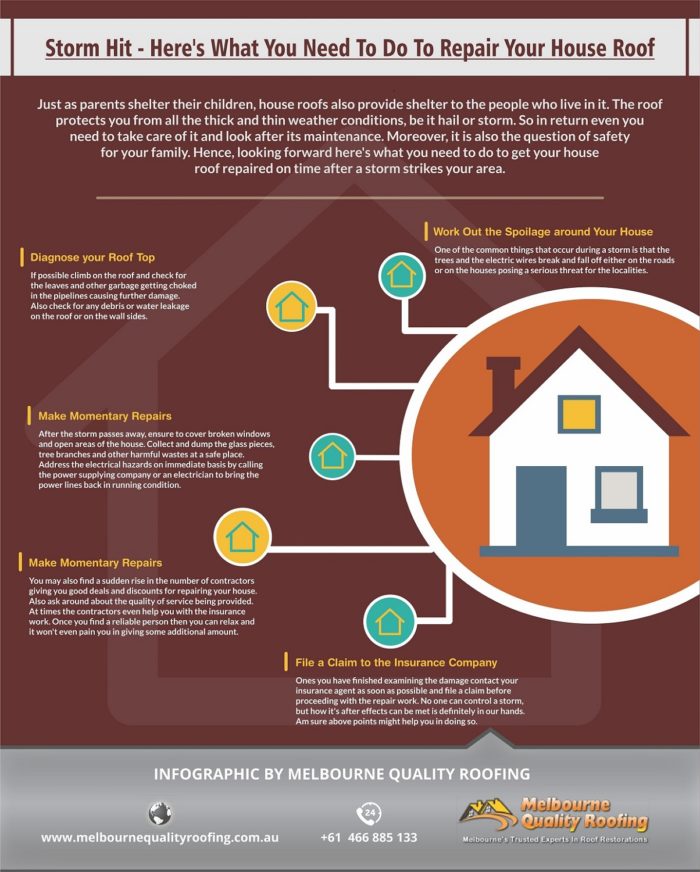Evaluate The Expenditures And Benefits Of Solar Installation To Highlight The Potential Financial Gains For Those Discovering This Renewable Resource Option
Evaluate The Expenditures And Benefits Of Solar Installation To Highlight The Potential Financial Gains For Those Discovering This Renewable Resource Option
Blog Article
Material By-Rowe Larsen
When taking into consideration the prices of solar setup, you might wonder about the ahead of time investment needed and whether it straightens with the prospective long-lasting advantages. Recognizing the complexities of these expenditures and the different factors affecting the general return can shed light on the value proposal of transitioning to solar energy. By evaluating both the initial configuration prices and the forecasted savings over time, you can gain understanding into whether the investment in solar installation holds assurance for your economic future.
First Configuration Expenditures
When considering the prices of solar setup, the initial configuration expenditures play a vital duty in your decision-making process. These upfront expenses consist of the price of photovoltaic panels, inverters, mounting equipment, and installment labor.
The rate of solar panels can differ depending upon the brand name, effectiveness, and size you select. Inverters are necessary for transforming the sun's power into usable electrical energy and can be found in various kinds such as string inverters, microinverters, and power optimizers, each with its own price effects.
Mounting tools, such as shelfs and rails, is necessary to safely set up photovoltaic panels on your roof covering or building.
The installation labor price covers the expert installment of the solar system, guaranteeing that whatever is set up appropriately and successfully. Bear in mind that while these first arrangement expenses may seem high, there are commonly rebates, tax obligation motivations, and financing alternatives offered to assist counter the expenses and make solar installation more budget friendly in the long run.
Long-Term Financial Savings Analysis
To comprehend the economic benefits of solar installation in time, it's essential to perform a thorough long-lasting savings evaluation. While the first setup expenditures of photovoltaic panels might appear daunting, the long-term cost savings can exceed these expenses dramatically. By using the power of the sunlight to generate electrical energy for your home, you can possibly save hundreds of dollars on your utility bills over the life-span of your solar system.
One of the essential factors to think about in a long-term cost savings analysis is the reduction in your electricity bills. With cost of solar panels installation , you can produce your electrical power, decreasing and even removing your reliance on the grid. This can lead to significant savings, specifically as utility rates remain to rise.
Furthermore, several federal governments use incentives such as tax credit scores and rebates for installing solar panels, further enhancing your long-lasting financial savings. By making use of these incentives and maximizing your solar energy production, you can delight in significant economic advantages for many years ahead.
Return on Investment Calculation
Considering the monetary benefits of solar setup, it's time to assess the Return on Investment (ROI) computation. Establishing independent solar panel installers involves contrasting the overall costs of setting up a solar system with the financial advantages it creates over its life-span.
To calculate ROI, separate the net make money from the system by the total investment price and multiply by 100 to get a percentage. The ROI formula is: (Net Revenue/ Overall Investment Expense) x 100.
As https://waylonvciou.dgbloggers.com/30251268/the-future-of-solar-energy-forecasts-for-the-sector-in-the-following-years , if the total price of setting up a solar system is $20,000, and over its life expectancy, it generates cost savings and incomes totaling $30,000, the net profit would be $10,000. Separating this by the total financial investment expense of $20,000 offers a proportion of 0.5. Multiplying this by 100 gives an ROI of 50%.
Usually, a greater ROI shows a much more economically rewarding investment. Elements like government incentives, maintenance costs, and power price fluctuations can affect the ROI of solar installments. Comprehending the ROI aids in evaluating whether purchasing solar power is worth it in the long run.
https://www.rebellionresearch.com/7-tips-for-investing-in-affordable-solar-panels
In conclusion, recognizing the expenses of solar installation is crucial for determining if it deserves the investment. By thinking about first configuration costs, carrying out a lasting savings evaluation, and calculating the roi, you can make an educated decision about the economic worth of solar energy. With the capacity for reduced utility bills and raised energy independence, buying solar installment can be a smart choice for both your purse and the setting.
